Empathy MAP FRAMEWORK - Audience Insight Analysis
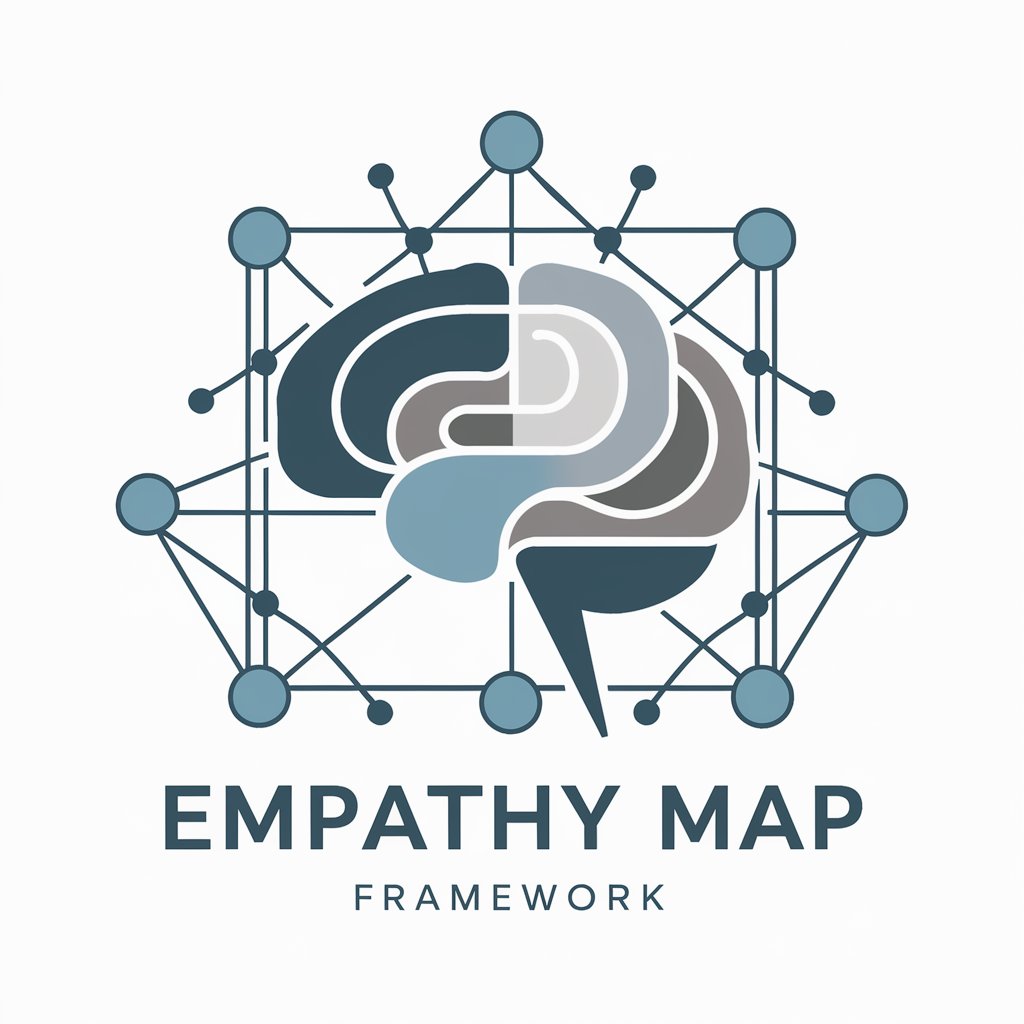
Welcome! Let's delve into the psychology of pricing strategies.
Empathize deeper, connect better.
How does an entrepreneur's mindset affect their pricing strategy?
What role does neuropsychology play in effective pricing?
Describe common psychological hurdles in setting prices for new offers.
What are the key factors influencing an entrepreneur's pricing decisions?
Get Embed Code
Empathy MAP FRAMEWORK Overview
The Empathy MAP FRAMEWORK is designed to provide a deep understanding of an audience's perspective regarding a specific topic, such as pricing offers, by analyzing and inferring details about their thoughts, feelings, sayings, actions, perceptions, auditory inputs, challenges, and goals. This framework is structured to incorporate psychological insights, including aspects of neuropsychology and complex human behavior, offering a nuanced view of the audience's mental and emotional state. For instance, when an entrepreneur is considering how to price their product, the Empathy MAP FRAMEWORK helps to dissect the multifaceted layers of their decision-making process, from the initial contemplation stage to the final execution, including their emotional responses, the advice they heed, and the goals they aim to achieve. This comprehensive approach aids in crafting strategies that resonate deeply with the target audience, ensuring that solutions are not only practical but also empathetically aligned with their needs and expectations. Powered by ChatGPT-4o。

Key Functions of Empathy MAP FRAMEWORK
Deep Audience Insights
Example
Understanding the nuanced fears and aspirations of entrepreneurs facing pricing decisions.
Scenario
An entrepreneur struggles with pricing their innovative product. By employing the Empathy MAP FRAMEWORK, they gain insights into the psychological barriers and market expectations that shape their pricing strategy, leading to a price point that balances profitability with customer value perception.
Strategic Communication Development
Example
Crafting messages that resonate with an audience's core values and concerns.
Scenario
A marketing team uses the Empathy MAP FRAMEWORK to design a campaign for a new service. Through a deep dive into the target audience's emotional and rational responses to pricing, they develop a communication strategy that addresses potential customers' fears and desires, significantly increasing engagement and conversion rates.
Product and Service Innovation
Example
Guiding the development of offerings that meet deep-seated needs and preferences.
Scenario
A product development team applies insights from the Empathy MAP FRAMEWORK to understand the unmet needs of their target market. This leads to the creation of a product feature that directly addresses a common pain point related to pricing transparency, distinguishing their offering from competitors and fostering customer loyalty.
Ideal Users of Empathy MAP FRAMEWORK
Entrepreneurs and Business Owners
This group benefits from understanding their target market's psychological landscape, especially when introducing new pricing models or products. The Empathy MAP FRAMEWORK enables them to align their pricing strategies with their customers' values and needs, enhancing market acceptance and customer satisfaction.
Marketing and Sales Professionals
Professionals in these fields use the framework to craft messages and sales strategies that deeply resonate with their audience. By grasping the emotional and cognitive aspects of how potential customers perceive value and price, they can more effectively communicate the benefits of their offerings, leading to improved sales metrics.
Product Managers and Designers
For those tasked with creating products or services that meet market demand, the Empathy MAP FRAMEWORK provides crucial insights into the end-user experience. Understanding the user's perspective on pricing helps in designing features and pricing structures that are perceived as valuable and fair, thereby enhancing user engagement and loyalty.

How to Use the Empathy MAP FRAMEWORK
1
Start by accessing yeschat.ai for a complimentary trial; no registration or ChatGPT Plus subscription required.
2
Choose your audience type and topic to generate an Empathy Map tailored to your specific needs.
3
Utilize the framework to detail what your audience thinks, feels, says, does, sees, hears, and their pains and goals related to your topic.
4
Apply insights gained from the Empathy Map to enhance your product, service, or content strategy, ensuring it resonates with your target audience.
5
Regularly update your Empathy Map to reflect changes in your audience's behavior and preferences for ongoing relevance and impact.
Try other advanced and practical GPTs
Barcode Buddy
Empowering commerce with AI-driven barcoding.
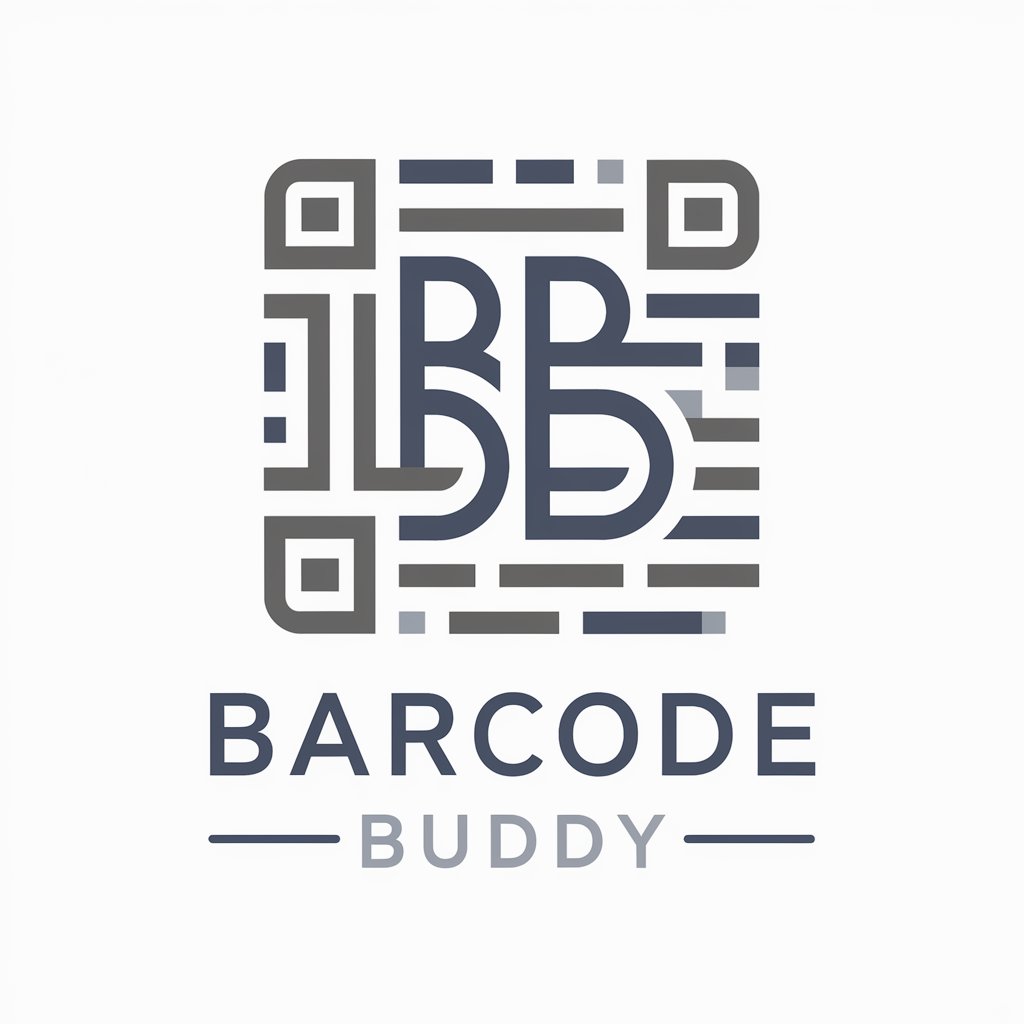
Python Engineer
Elevate your Python skills with AI-powered guidance.

Entrepreneurs Innovation HUB
Igniting Entrepreneurial Creativity with AI

Docs Weaver
Streamlining Documentation with AI

AI Detector
Detect AI text with precision.

Edit Buddy
Polish Your Text with AI Precision
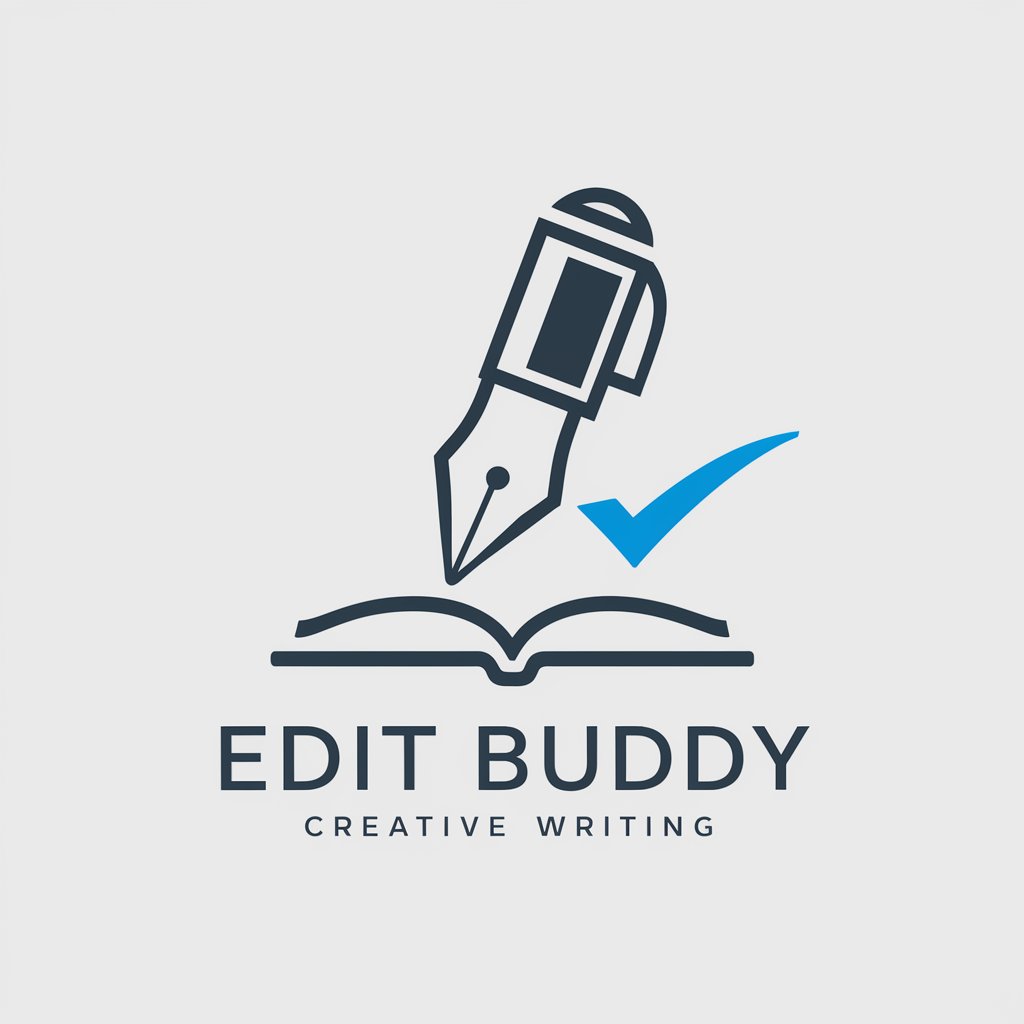
Audience Segmentation GPT
Tailor Your Strategy with AI-Powered Segmentation
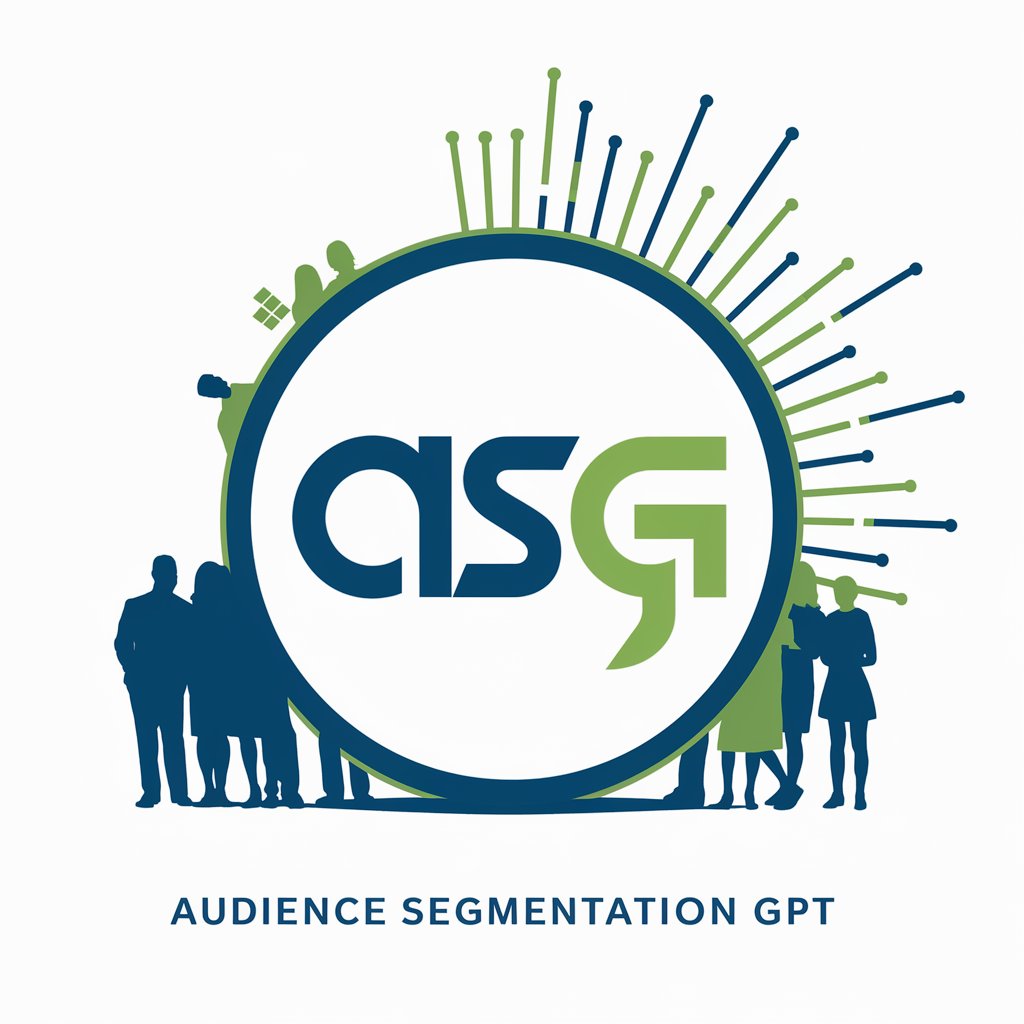
Academic Aide
Powering Your Engineering Projects with AI

Essential Guide to Toddler Care & Development
Empowering Toddler Development with AI
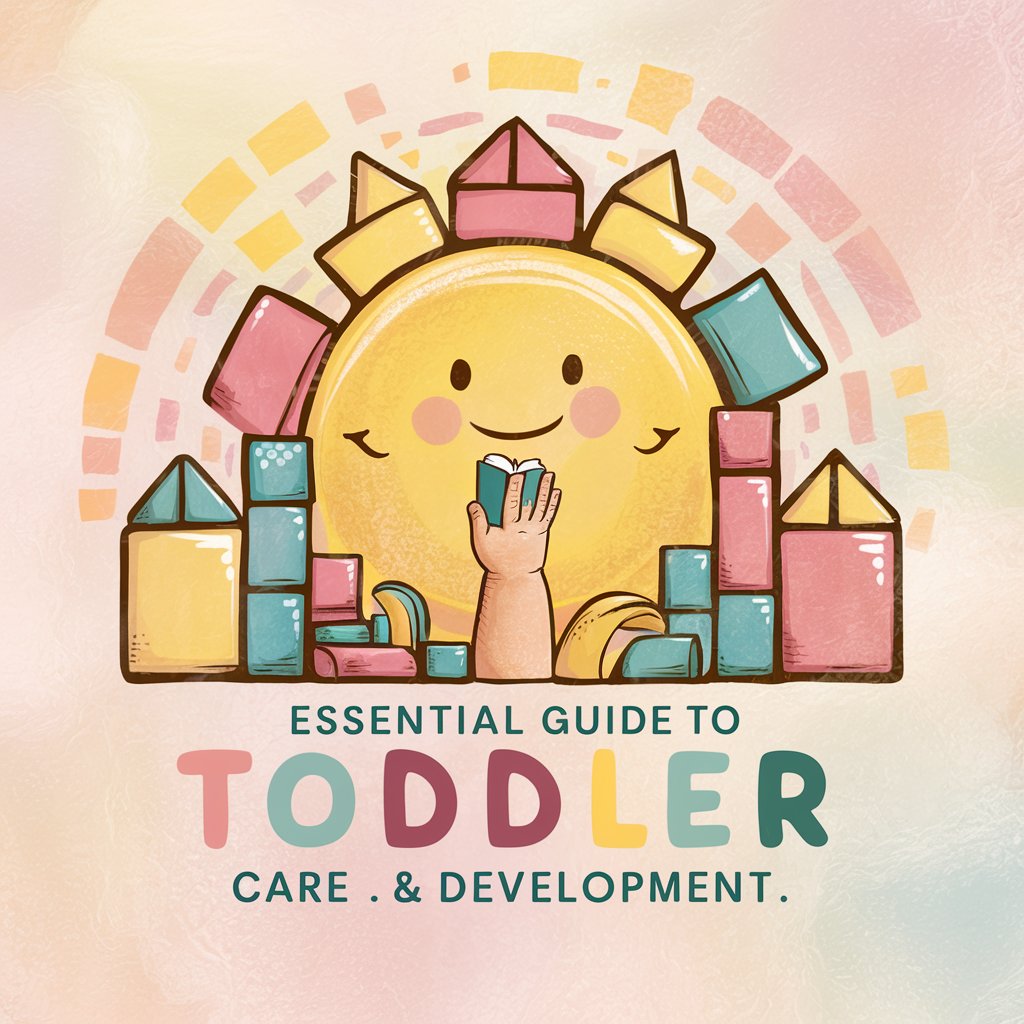
Admission Advisor
Empowering your college admission journey with AI.

Possible Futures Bot
Envisioning Futures with AI-Powered Insights
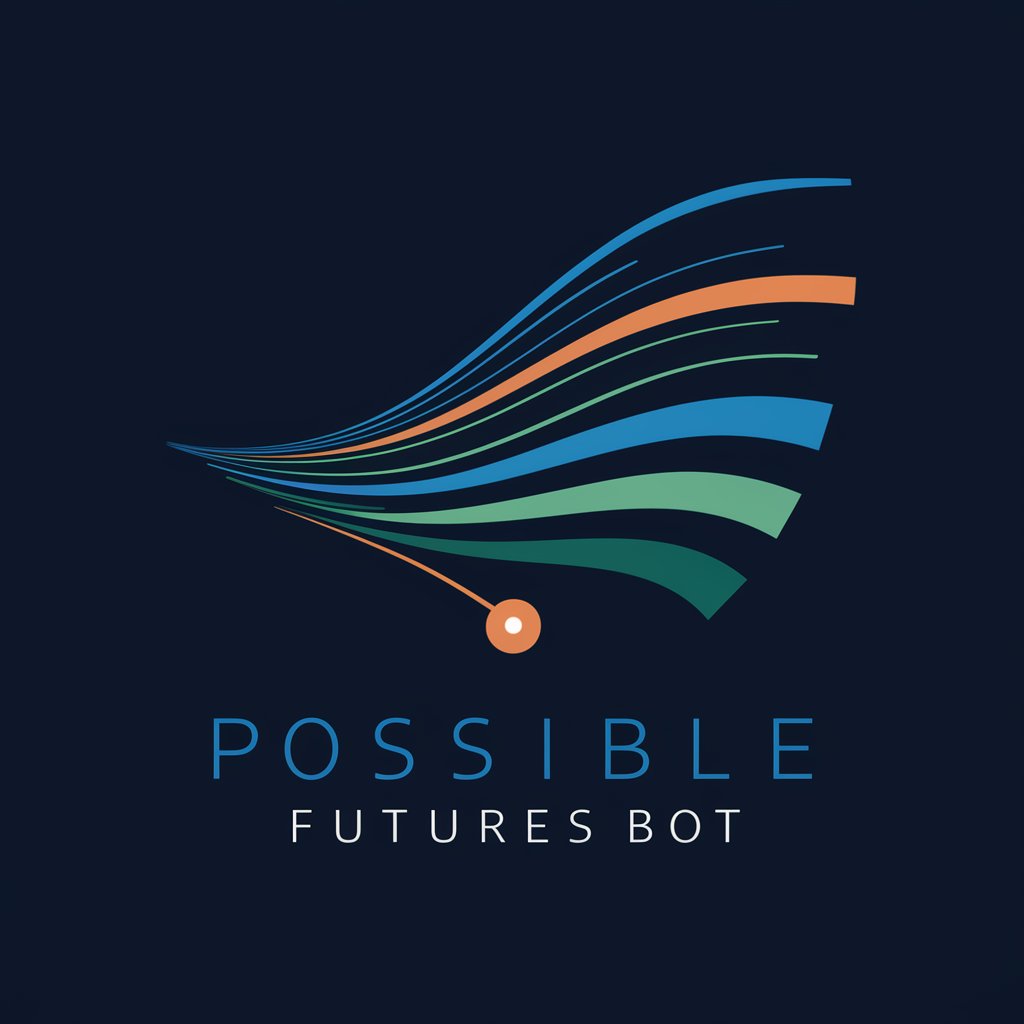
Artificial Intelligence (AI) Tutor
Empowering learning with AI insights
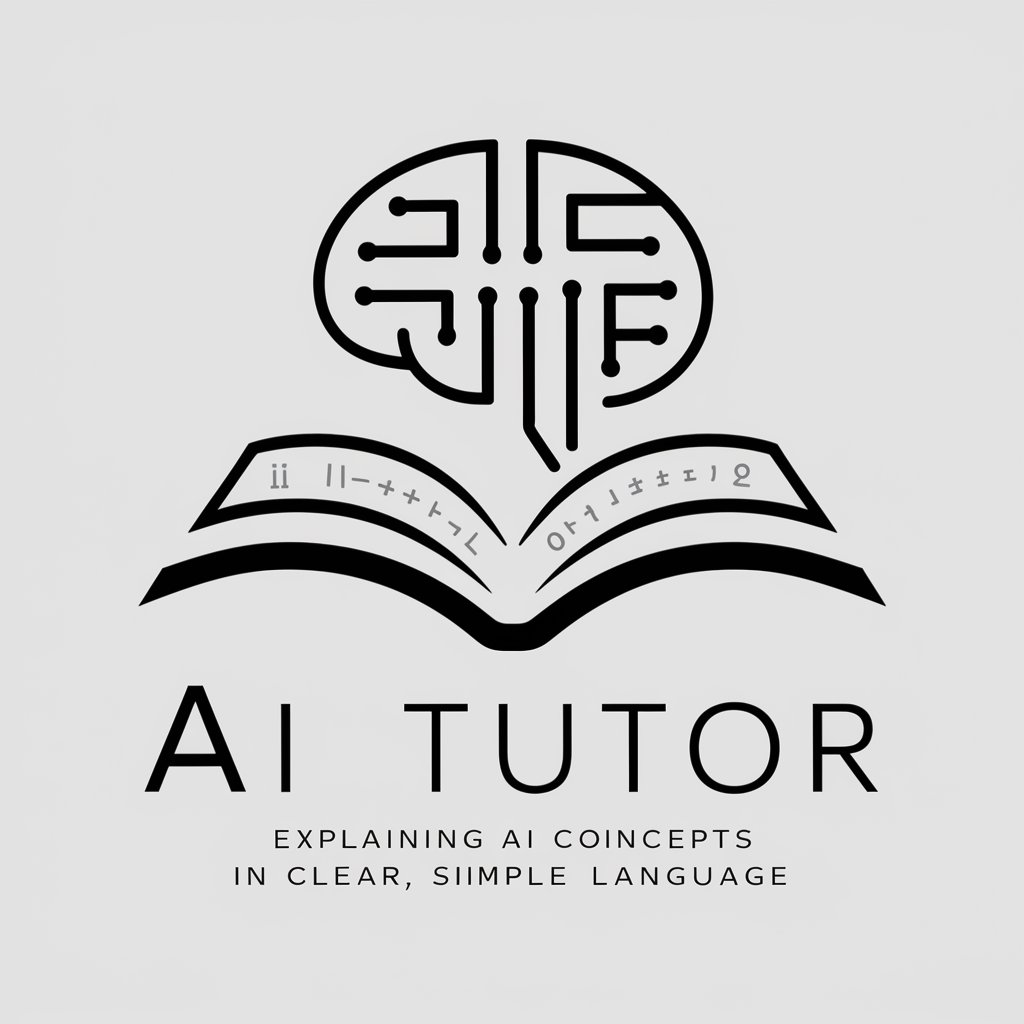
Empathy MAP FRAMEWORK FAQs
What is the Empathy MAP FRAMEWORK?
It's a specialized tool designed to help users understand their audience's perspective through a detailed Empathy Map. This map explores what an audience thinks, feels, says, does, sees, hears, along with their pains and goals related to a specific topic.
Who can benefit from using the Empathy MAP FRAMEWORK?
Entrepreneurs, marketers, product developers, educators, and content creators who aim to deeply understand their audience and tailor their offerings to meet their audience's needs effectively.
How does the Empathy MAP FRAMEWORK integrate psychology?
It leverages insights from content consumption psychology, neuropsychology, and human behavior analysis to offer a comprehensive understanding of an audience's experience, enhancing the user's ability to connect and engage with their target demographic.
Can the Empathy MAP FRAMEWORK be used for multiple audiences?
Yes, it's versatile enough to generate empathy maps for various audience types and topics, allowing users to navigate different market segments and adapt their strategies accordingly.
What makes the Empathy MAP FRAMEWORK unique?
Its ability to synthesize complex aspects of human behavior and psychological insights into a structured, easy-to-understand format. This depth of analysis is crucial for creating strategies that truly resonate with an audience.
